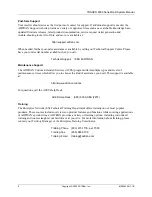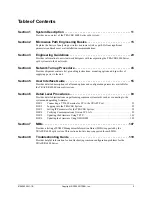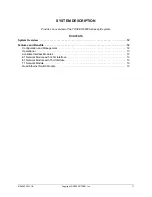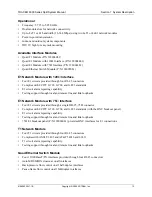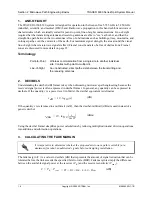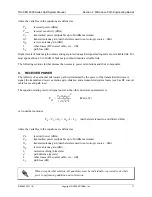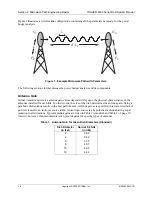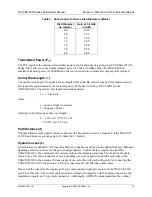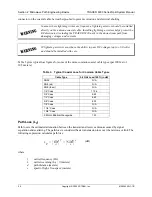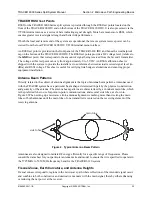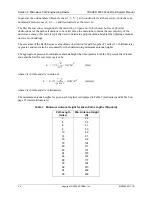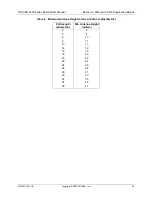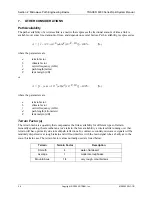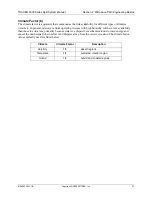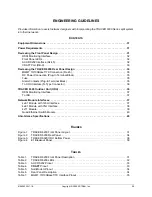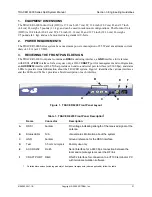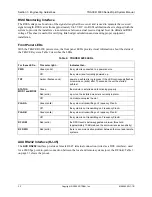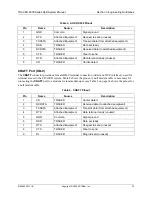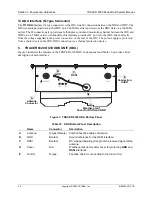
TRACER 6000 Series Split System Manual
Section 2 Microwave Path Engineering Basics
612806320L1-1B
Copyright © 2005 ADTRAN, Inc.
21
or
where
d
is expressed in miles and
f
in GHz.
Path loss, as shown here, increases rapidly as either the path length increases or the carrier wavelength
decreases (which happens as the carrier frequency increases). Therefore, longer microwave paths naturally
experience more path loss than shorter paths. Likewise, higher frequency microwave communication
experiences more path loss than lower frequency microwave communication.
The path loss values for various path lengths for the TRACER 5.8 GHz system are listed in Table 4 (miles)
and Table 5 (kilometers). Values not listed in the tables can be interpolated from those listed.
Table 4. Path Loss for Given Path Lengths (miles)
Path Length
(miles)
Path Loss
(dB)
1
112
2
118
3
121
4
124
5
126
10
132
15
135
20
138
25
140
30
141
35
143
Table 5. Path Loss for Given Path Lengths (kilometers)
Path Length
(kilometers)
Path Loss
(dB)
1
108
2
114
3
117
4
120
5
122
10
128
15
131
20
134
25
136
30
137
35
139
L
P
96.6
20 log
10
d
( )
20·log
+
10
f
( )
⋅
+
=
(dB)


